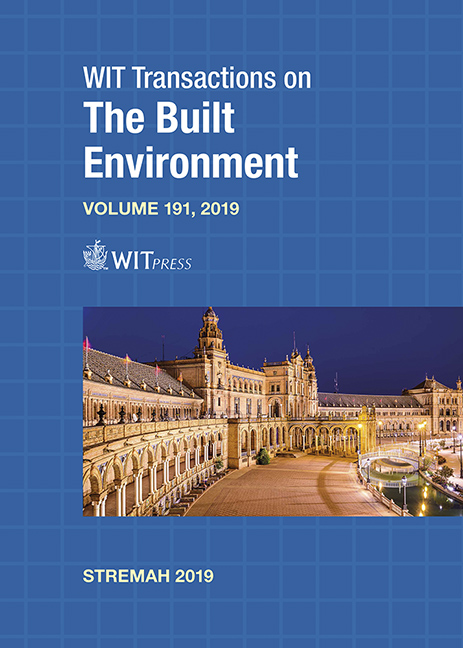UTILIZING VIRTUAL REALITY TECHNOLOGY IN THE PRESERVATION OF ARCHITECTURAL HERITAGE: AN EMPIRICAL STUDY OF THE LOCAL ARCHITECTURE OF HIJAZI IDENTITY IN THE MECCA REGION OF SAUDI ARABIA
Price
Free (open access)
Transaction
Volume
191
Pages
12
Page Range
113 - 124
Published
2019
Paper DOI
10.2495/STR190101
Copyright
WIT Press
Author(s)
REEM F. ALSABBAN
Abstract
Architectural documentation is considered one of the first processes that take place in the preservation of historic and archaeological buildings. The emergence of the digital revolution and what it brings from modern technologies provide a new way to document and archive these historic locations. Due to the historical value of these buildings and their status in local heritage, it was deemed important for these locations to be archived in a way that helps in availability and ease of access for scholars and researchers. This paper outlines some methods that reach this goal, alongside an applied example of a historical building (a Hijazi palace in the Mecca Region) modeled in virtual reality. This paper is divided into two sections. The first section focuses on methods of archiving historical locations, while the second focuses on the applied example of the use of VR in archiving. It concentrates on the details of interior architecture to help researchers of interior design. These details have not previously been given attention due to the difficulty of reconstructing life in the time period, and the scarcity of reliable sources on the subject. However, utilizing photographic evidence, some historic illustrations, field visits of other historic buildings of the period, and visits to houses containing personal possessions of people who have lived in these buildings, it is possible to reconstruct spaces from the period in a way that depicts the fine details that represent the lives of the inhabitants of these historic buildings.
Keywords
architectural heritage, virtual reality, local architecture, Hijazi identity, Mecca region




